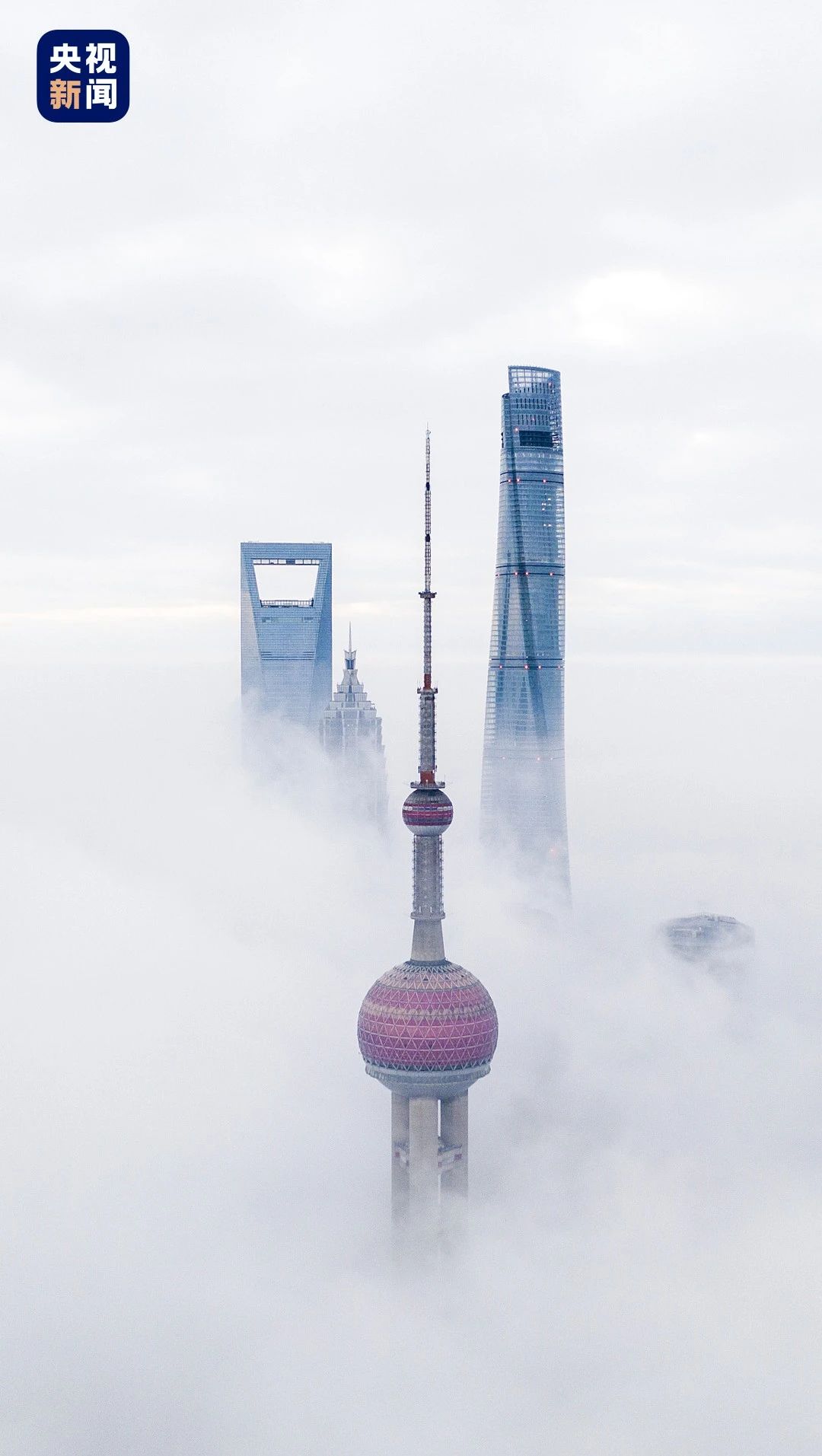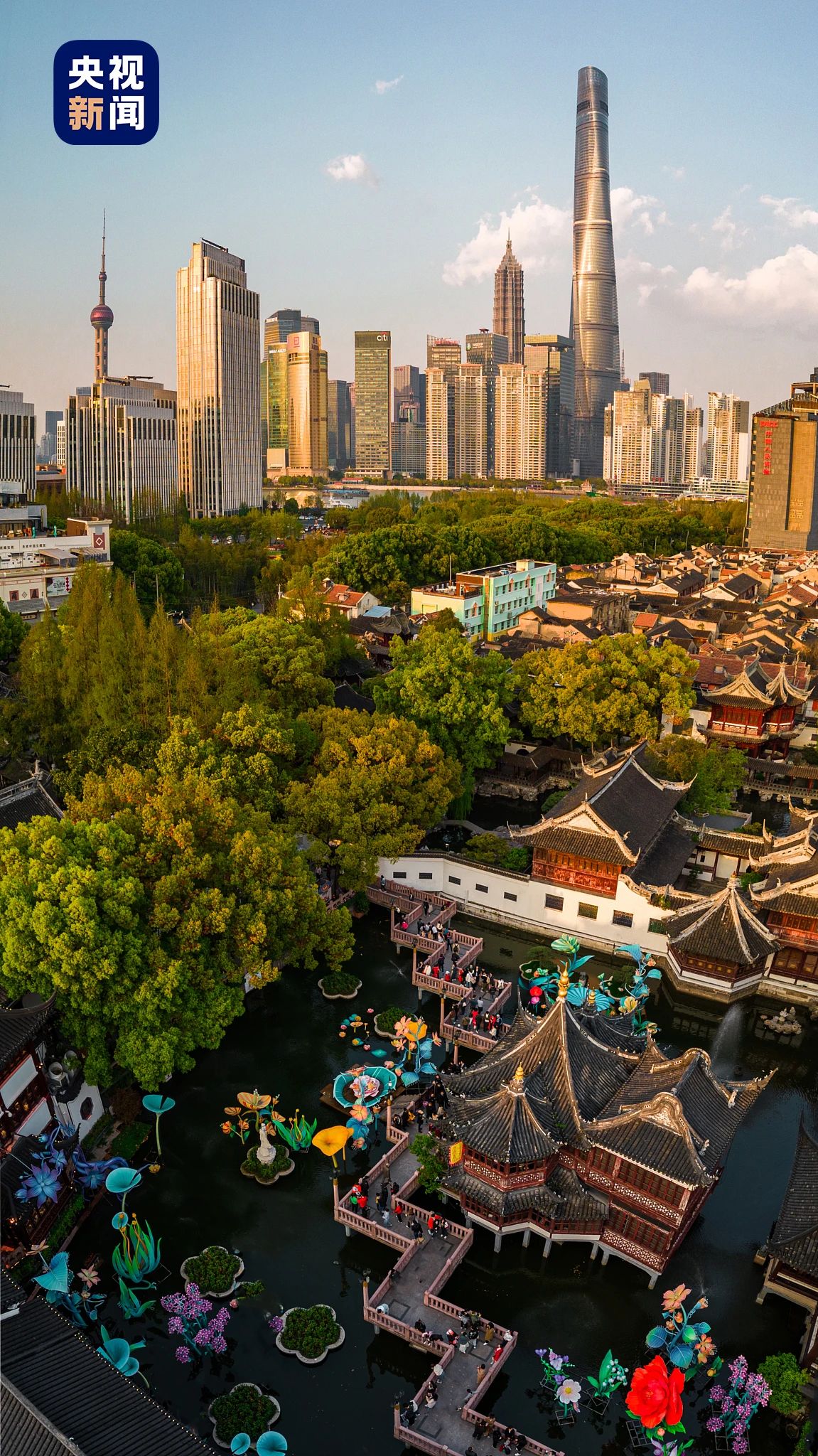English Name: Shanghai
Nicknames: Shencheng, Magic City, Greater Shanghai, Shanghai Beach, Paris of the East
Population: 14.395 million people (in 2016)
Dialect: Wu dialect
Administrative Region Category: Municipality directly under the Central Government
Area: 6,340 square kilometers
Telephone Area Code: 021
License Plate Code: Hu A – Hu M (as of 2012), Hu C, Hu R
Postal Code: 200000
Geographical Location: South bank of the estuary of the Yangtze River
Administrative Code: 310000
Gross Regional Product: 2,746.615 billion yuan (in 2016)
Per Capita GDP: 113,600 yuan (in 2016)
City Tree: French parasol tree
City Flower: Magnolia.

Shanghai
The city at the forefront of China. With the highest economic aggregate of 4.32 trillion yuan, it leads the country. With the highest skyline of 632 meters, it stands unrivaled. With the longest subway mileage of 831 kilometers, it is unparalleled… The legend of the Magic City is not achieved in a day. In the more than 170 years since its opening as a port, it has stood several times at the forefront of the times, rolling in the waves of reform. Always ready to connect with the world and always ready to get rid of the old and bring in the new.
Magnolias, coffee shops, old villas.
Here, pedestrians and vehicles flow continuously.
Here, modern buildings soar into the clouds.
There is the gentle charm of Jiangnan.
There is also the fashion trend of an international metropolis.
This place is fascinating.
In the eyes of a thousand people,
Shanghai has a thousand kinds of amorous feelings.
- Impressions of Shanghai
The forest of historical buildings and the bustling traffic, and the bustling crowds flowing in the prosperous streets and alleys. This is the first impression of Shanghai Beach for many people.

△The unique buildings of the Bund form a scenic line for Shanghai’s external display.


According to legend, during the Spring and Autumn Period and the Warring States Period, this place was the fiefdom of Lord Chunshen of the State of Chu, so it is called “Shen.” In the Jin Dynasty, the bamboo fishing tool created by local residents was called “Hu.” The place where the river flows into the sea is called “Du.” The lower reaches of the Songjiang River were called “Hudu.” Later, “Hu” evolved into “Hu” and became the name of Shanghai. By the Qing Dynasty, Shanghai established a customs and opened its ports for trade.

Shanghai History Museum, Shanghai Revolutionary History Museum

Oriental Pearl Tower.




- The Style of Shanghai
In many people’s impressions, Shanghai people pay attention to details, have a taste for quality, and have an inherent temperament. They have high requirements for the quality of life. They are active in thinking, careful in calculation, and their manners reveal confidence and wisdom.



The milky “White Rabbit.”
- Must-Have Items in Shanghai
Holding coffee in the left hand and desserts in the right hand is a must-have for many Shanghai people.


In the Shanghai dialect, “charm” is more of a compliment to beautiful things. For example, “The coffee in that shop is very charming!” “Very charming” means “very great.”


- Rivers, Lakes, and Seas of Shanghai
The Yangtze River has a majestic posture. The Huangpu River has a motherly delicacy. Countless years have flowed in the Suzhou River. Dianshan Lake is full of good stories. And the vast East China Sea is magnificent.

Wetland of Qingcaosha Reservoir on Changxing Island.

Chongming Island and the Yangtze River.

Overlooking the Huangpu River.

Watching the sunrise on the Suzhou River.

- The Undertone of Shanghai
Eighty-six years ago, the Sihang Warehouse by the Suzhou River left behind the legend of the “Eight Hundred Heroes.” The soldiers fought bloody battles, shattering the arrogant words of the Japanese invaders that “China will be conquered in three months” and showing the world the unyielding spirit of the Chinese people.

In 1937, during the Battle of Shanghai, the “Eight Hundred Heroes” launched the “Sihang Warehouse Defense Battle” with the Japanese army.
One hundred and two years ago, the First National Congress of the Communist Party of China was held here, opening a new chapter in Chinese history.

Site of the First National Congress of the Communist Party of China.

Shanghai Yangshan Deepwater Port.
- Magnolias in Shanghai
The magnolia is the city flower of Shanghai. The pure white and fragrant flowers not only have the meaning of integrity but also represent the enterprising spirit with the name of “looking forward to spring.”


Shanghai Oriental Art Center.

Magnolia Plaza.
- Residences in Shanghai
If the Bund is the facade of Shanghai, then the lanes are the inside story of Shanghai.

Residences in Shanghai.


Zhang Garden.
- Roads in Shanghai
When you walk on the road leading to the lanes, you will always enter a road in Shanghai. Every small road in Shanghai has a unique temperament and condenses stories worth exploring.

The busy morning in front of Wukang Building.


Tianzifang.
- Wutong Trees in Shanghai
These urban central blocks with lush phoenix trees on the roadside are affectionately called “Wutong District” by everyone.


- “Pigtail Cars” in Shanghai
“Pigtail cars” are trolleybuses that run on electricity with two collector poles.

Shanghai No. 20 trolleybus.
- The Flavors of Shanghai
Shanghai local cuisine is a fusion cuisine. Under the combination of various elements, it has distinct characteristics: thick oil and dark sauce, and a love for sweetness. What Shanghai people love are the yellow roe in hairy crabs, the soup in xiaolongbao, and the sugar in braised pork.
“I eat you!” In Shanghai dialect, “eat” means like. The focus in the eyes of Shanghai foodies is on the stall of pan-fried buns at the entrance of the vegetable market, in the scallion-flavored pancakes with overflowing fat fragrance, in the sweet and delicious rice cakes, and in the local restaurants that serve braised pork with scallions, oil-blasted shrimps, braised pork, and stir-fried pig intestines with alfalfa.

Stir-fried pig intestines with alfalfa is a delicacy made of pig intestines and alfalfa.

Oil-blasted shrimps are half fried and half stir-fried. The high temperature quickly separates the shrimp shells from the shrimp meat, and the oil makes the shrimp meat more crisp and tender.


Braised bamboo shoots.


Eight Treasure Chili Sauce.

Salted pork and fresh bamboo shoot soup.

Three shredded ingredients.


Shanghai pan-fried buns.

Dingsheng Cake.
- Words with “Tou” in Shanghai Dialect
Traditionally, Shanghai belongs to the Wu cultural area. There are many interesting words in the Wu dialect. At first hearing, they are confusing. But once explained, people exclaim, “Wonderful!”

Shanghai Gongqing Forest Park.
- The Drive of Shanghai
As a city, Shanghai has a short history. But Shanghai has been creating history. The first bonded area, the first comprehensive reform pilot area, the first free trade zone… In the process of reform and opening up, the two words “Shanghai” represent countless miracles.

△China Art Palace (Shanghai Art Museum), renovated from the China Pavilion of the 2010 Shanghai World Expo.

Shanghai International Shipping Center, Yangshan Deepwater Port.

Shanghai Zhangjiang Science City.

National Exhibition and Convention Center, the venue for the China International Import Expo.

△Shanghai Jiao Tong University, Fudan University.

△Night view of Zhujiajiao Ancient Town.

△Yu Garden.